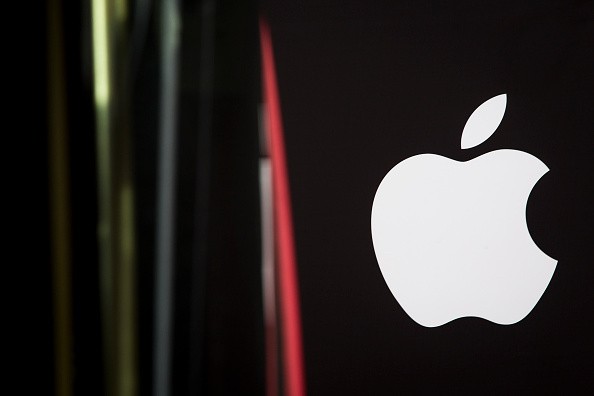Apple has developed an innovative AI image tool, known as MGIE (MLLM-Guided Image Editing, enabling users to make edits through simple descriptions.

The Apple logo is displayed outside company's Regent Street store on September 29, 2016 in London, England.
Editing Through Simple Descriptions
Developed in collaboration with the University of California, Santa Barbara, MGIE allows users to convey desired changes to a photo using plain language, eliminating the need for traditional photo editing software.
With the MGIE model, The Verge reported that users can perform various editing tasks such as cropping, resizing, flipping, and applying filters to images solely through text prompts.
This versatile tool can handle both straightforward and complex editing tasks, including altering specific objects within a photo to change their shape or enhance their brightness.
The model seamlessly integrates two distinct functions of multimodal language models: interpreting user prompts and envisioning the desired edits. For instance, a request for a bluer sky in a photo translates into increasing the brightness of the sky portion of the image.
Users utilizing MGIE for photo editing simply need to input their desired changes using text. For instance, when editing an image of a pepperoni pizza, users can type the prompt "make it more healthy," resulting in the addition of vegetable toppings.
Similarly, a photo depicting tigers in the Sahara may appear dark initially, but instructing the model to "add more contrast to simulate more light" yields a brighter image.
Enhancing Performance While Maintaining Competitive Efficiency
The researchers behind MGIE highlighted its effectiveness in translating explicit visual-aware intentions into tangible image edits, moving beyond vague directives.
Through comprehensive studies across various editing aspects, they demonstrated MGIE's ability to enhance performance while maintaining competitive efficiency.
Furthermore, they expressed optimism regarding the potential of the MLLM-guided framework to contribute to future vision-and-language research endeavors.
According to a report from VentureBeat, Apple has taken a significant step in the realm of AI image editing by making MGIE accessible for download via GitHub and unveiling a web demo on Hugging Face Spaces.
While Apple has remained tight-lipped about its future plans for the MGIE model, this move underscores the company's foray into the evolving landscape of artificial intelligence and digital image manipulation.
In comparison to other platforms like OpenAI's DALL-E 3, which can execute basic photo editing tasks through textual prompts, Adobe, the renowned creator of Photoshop, has also ventured into AI-powered editing with its Firefly AI model.
This model introduces generative fill capabilities, allowing users to seamlessly incorporate generated backgrounds into their photos.
Despite not being as prominent in the generative AI space as industry giants such as Microsoft, Meta, or Google, Apple has demonstrated its commitment to advancing AI technology.
CEO Tim Cook has previously indicated the company's ambition to integrate more AI features into its devices in the coming years, as reported by Bloomberg.
This strategic move aligns with Apple's broader efforts to leverage AI capabilities, as evidenced by the release of MLX, an open-source machine learning framework aimed at facilitating AI model training on Apple Silicon chips, introduced by Apple researchers in December.

ⓒ 2025 TECHTIMES.com All rights reserved. Do not reproduce without permission.




